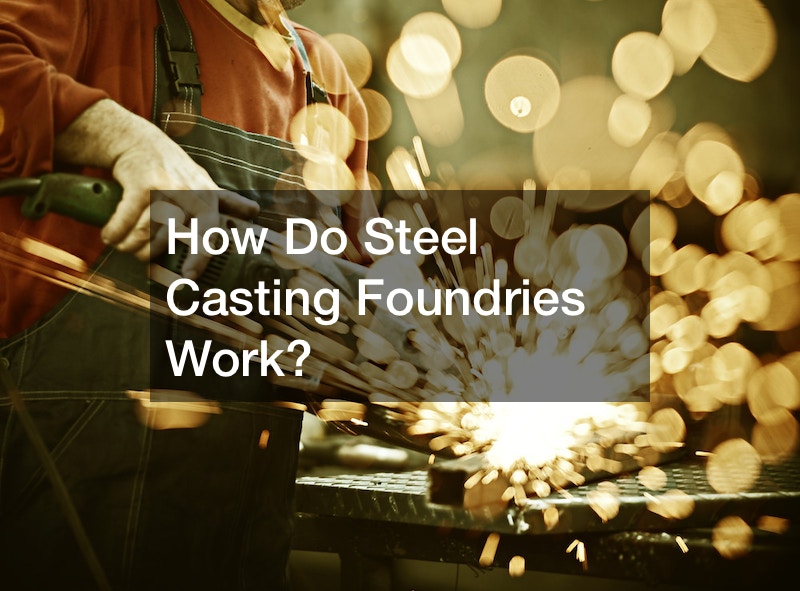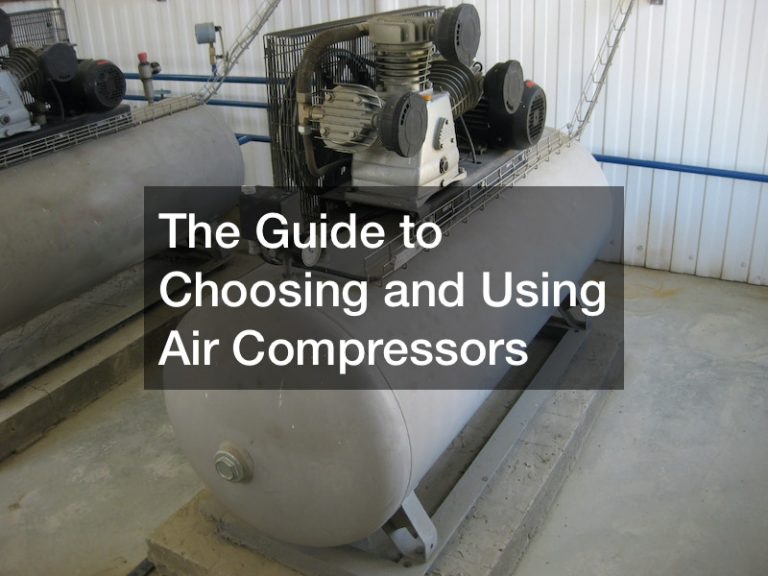How Do Steel Casting Foundries Work?

A steel foundry is a metal casting manufacturing facility that casts metals into shapes by heating them until they become liquid, depositing the liquid material into a mold, and then extracting the mold material once the metal has hardened as it cools. Steel and cast iron are the most effectively treated metals in many steel casting foundries.
Foundries for advanced steel casting are highly automated, with heavy machinery needed for the production of patterns, blocks, castings, and molds.
The common equipment includes giant melting ovens, forklifts, ladles, cranes, conveyors, and transfer containers. All machinery used in foundries is meticulously designed to operate dependably at melt shop temperatures.
The main difference between foundries is whether they are ferrous (made of iron or steel) or not (aluminum, brass, copper, bronze, etc.). Casting any product in a foundry entails many steps, each of which requires careful and precise procedures. The basic procedures involved in casting include workplace aspects, molding, melting, dumping, evacuation, cleaning, deburring, and testing. Molds are meticulously crafted with a pattern because the final casting shape should correspond with the mold it is poured into, and these patterns are useful in making as many mold cavities as required.







